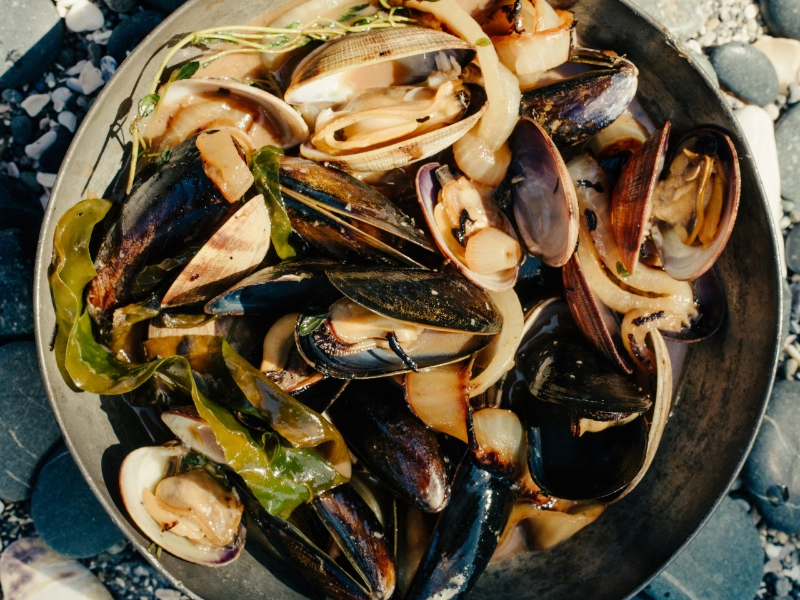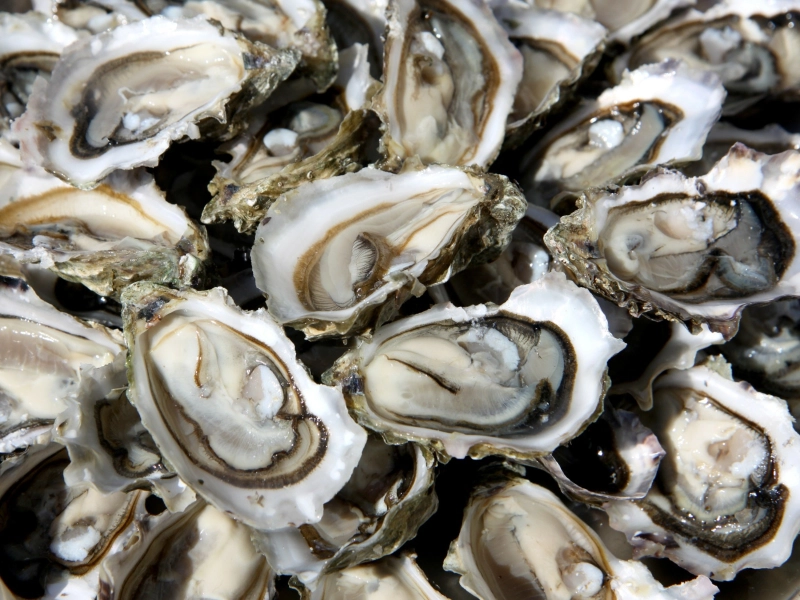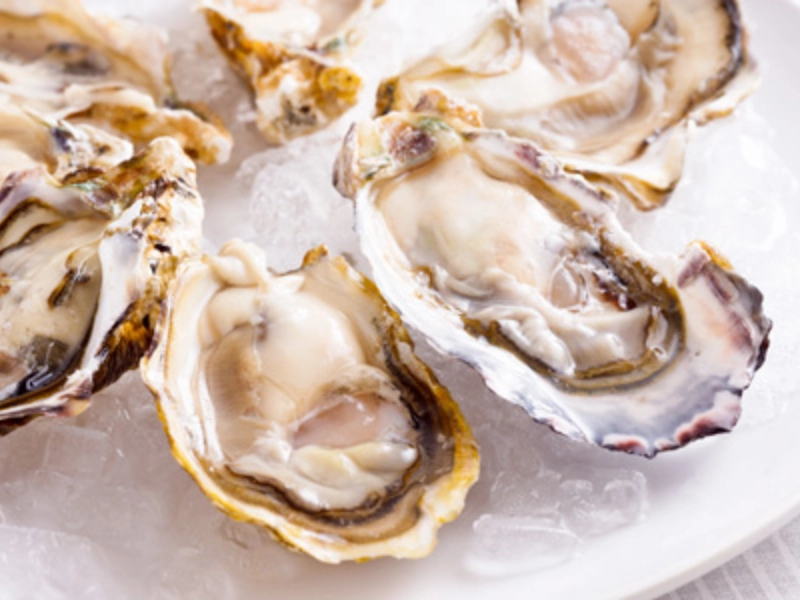Because of their distinctive tastes and nutritional value, shellfish are a common choice for seafood aficioners. But worries about mercury levels in some kinds of shellfish can cause people to avoid including them into their diets. A poisonous metal, mercury can build up in seafood and, in large quantities, cause health problems. The sources of mercury in shellfish will be discussed in this post together with safer substitutes and advice on wise decisions to be taken while savouring these mouthwatering sea foods.

 Choosing shellfish requires knowledge of which kinds are typically regarded as safer in terms of mercury content. Usually with smaller mercury amounts than bigger species, smaller shellfish including clams, scallops, and prawns have Another better choice is farmed shellfish since they are usually grown in controlled surroundings with less mercury contact.
Guidelines on seafood consumption—including shellfish—are offered by the Food and Drug Agency (FDA) and the Environmental Protection Agency (EPA). These groups advise eating a range of seafood to reduce exposure and selecting lower mercury shellfish. Learning these rules will enable you to make wise seafood purchases.
Choosing shellfish requires knowledge of which kinds are typically regarded as safer in terms of mercury content. Usually with smaller mercury amounts than bigger species, smaller shellfish including clams, scallops, and prawns have Another better choice is farmed shellfish since they are usually grown in controlled surroundings with less mercury contact.
Guidelines on seafood consumption—including shellfish—are offered by the Food and Drug Agency (FDA) and the Environmental Protection Agency (EPA). These groups advise eating a range of seafood to reduce exposure and selecting lower mercury shellfish. Learning these rules will enable you to make wise seafood purchases.
 Particularly for sensitive groups like young children, nursing mothers, and pregnant women, mercury exposure can have major negative effects on health. High mercury levels can interfere with foetal and young child neurological development, so causing possible cognitive and developmental problems. For adults, too much mercury can cause renal damage, neurological disorders, and heart disease.
Monitoring your seafood intake and selecting low mercury kinds will help you to reduce these hazards. Regularly eating high-mercury shellfish raises the risk of negative health consequences, hence it is important to know the kinds you incorporate into your diet.
Particularly for sensitive groups like young children, nursing mothers, and pregnant women, mercury exposure can have major negative effects on health. High mercury levels can interfere with foetal and young child neurological development, so causing possible cognitive and developmental problems. For adults, too much mercury can cause renal damage, neurological disorders, and heart disease.
Monitoring your seafood intake and selecting low mercury kinds will help you to reduce these hazards. Regularly eating high-mercury shellfish raises the risk of negative health consequences, hence it is important to know the kinds you incorporate into your diet.
 Correct shellfish cooking and preparation help to lower health hazards even more. Cooking helps avoid foodborne diseases linked with shellfish even though it does not remove mercury. Minimising any health hazards can be achieved by making sure shellfish come from reliable sources and are cooked fully.
Following food safety rules is crucial while cooking shellfish. This covers refrigeration of shellfish until cooked, disposal of any open or damaged ones, and cooking them to the suitable internal temperature. These steps will help you to enjoy shellfish while lowering your health risks.
Correct shellfish cooking and preparation help to lower health hazards even more. Cooking helps avoid foodborne diseases linked with shellfish even though it does not remove mercury. Minimising any health hazards can be achieved by making sure shellfish come from reliable sources and are cooked fully.
Following food safety rules is crucial while cooking shellfish. This covers refrigeration of shellfish until cooked, disposal of any open or damaged ones, and cooking them to the suitable internal temperature. These steps will help you to enjoy shellfish while lowering your health risks.
Apart from considering mercury levels, shellfish selection depends much on sustainability. Unsustainability and overfishing can destroy ecosystems and exhaust marine life. Choosing sustainably derived shellfish guarantees a safer and more dependable food supply in addition to supporting environmental health. Search for certifications from companies that support environmentally friendly fishing methods include the Aquaculture Stewardship Council (ASC) or the Marine Stewardship Council (MSC). These marks show that the shellfish were obtained ethically, so benefiting not only your own but also the oceans' health.
Knowing helps you make quite different decisions while shopping for shellfish. At the seafood counter, pay close attention to labels; ask questions; and look for local sources offering details on mercury levels and sustainable procurement. Transparency about seafood items among many grocery stores and fish markets lets customers make better judgements. Think about compiling a list of shellfish with known low mercury and environmental impact. When shopping, this might be a useful reference to make sure you are selecting options that give the environment top priority along with your health. Staying aware and proactive can help you to minimise possible hazards and yet enjoy the advantages of shellfish.